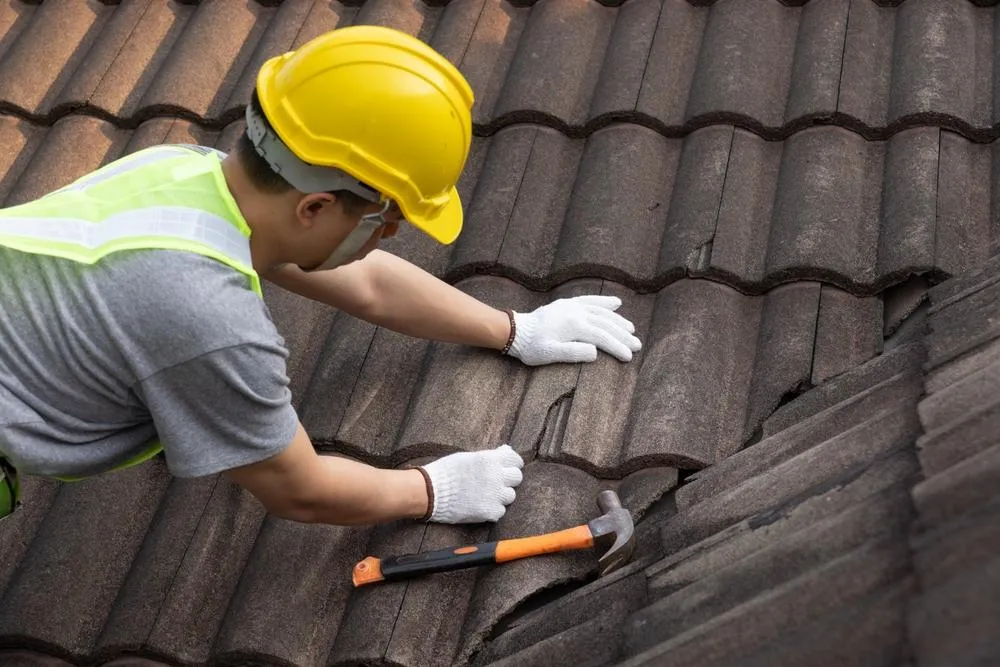
How Weather Affects Your Roof and What You Can Do About It
How Weather Affects Your Roof and What You Can Do About It
Your roof is your home’s first line of defence against the elements. From heavy rain to strong winds, snow, and scorching summer sun, the weather can take a toll on your roof over time. Understanding how different weather conditions affect your roof can help you take preventative measures and avoid costly repairs. Here’s what you need to know.
1. Rain and Moisture Damage
The UK’s frequent rain can cause a range of issues for your roof, especially if it’s not well maintained.
Leaks and water ingress – Damaged or missing tiles can allow rainwater to seep through, leading to damp issues and mould growth inside your home.
Moss and algae growth – Excess moisture encourages moss and algae, which can lift tiles and block gutters, causing further water damage.
Rotting roof timbers – Persistent water exposure can weaken structural supports, leading to costly repairs.
Prevention Tip: Regularly inspect your roof for broken tiles and clear gutters to prevent water build-up.
2. Wind Damage
High winds can be particularly damaging, especially to older roofs or those with loose tiles.
Missing or dislodged tiles – Strong gusts can lift and blow away tiles, exposing your roof to the elements.
Flashing damage – Wind can loosen flashing around chimneys and vents, leading to leaks.
Tree damage – Overhanging branches can break and fall onto your roof during storms, causing structural damage.
Prevention Tip: After a storm, check for loose or missing tiles. Trim back any trees near your roof to reduce the risk of damage.
3. Snow and Ice
Although heavy snowfall is rare in the UK, when it does happen, it can put extra stress on your roof.
Ice dams – Ice forming at the edge of your roof can prevent melting snow from draining properly, leading to leaks.
Added weight – A build-up of snow can add significant weight to your roof, potentially causing structural strain.
Prevention Tip: Ensure your attic is well insulated to prevent heat escaping and melting snow unevenly, which can contribute to ice dam formation.
4. Heat and UV Exposure
While the UK isn’t known for extreme heat, prolonged exposure to sunlight can still affect roofing materials.
Tile cracking – UV rays can weaken and crack roofing tiles over time.
Fading and wear – Constant sun exposure can cause materials like asphalt shingles to deteriorate and fade.
Prevention Tip: Choose durable roofing materials that can withstand UV exposure, and schedule regular roof inspections to catch any early signs of wear.
5. Frost and Freezing Temperatures
Cold weather can lead to the expansion and contraction of roofing materials, which may cause cracks and leaks.
Frozen gutters – Blocked gutters can freeze, leading to water back-up and potential roof leaks.
Tile expansion and contraction – Repeated freezing and thawing can cause cracks in certain roofing materials.
Prevention Tip: Keep gutters clear and ensure your roof is well-insulated to reduce the risk of frost-related damage.
Protect Your Roof with Regular Maintenance
No matter the weather, the best way to protect your roof is with regular maintenance and inspections. At DCR Roofing, we provide expert roof inspections, repairs, and maintenance services across Dartford and surrounding areas.
Concerned about your roof? Contact DCR Roofing today for a professional assessment!